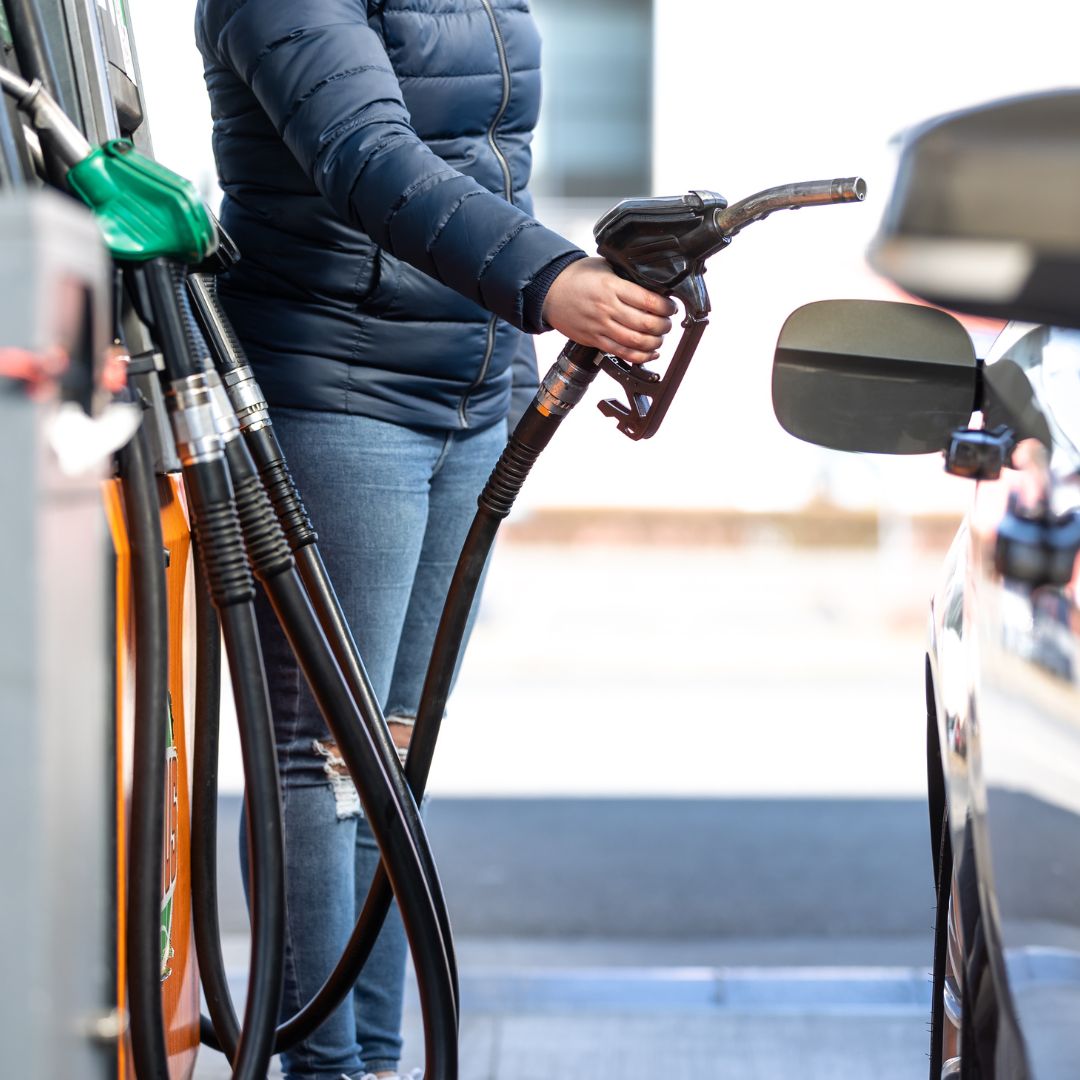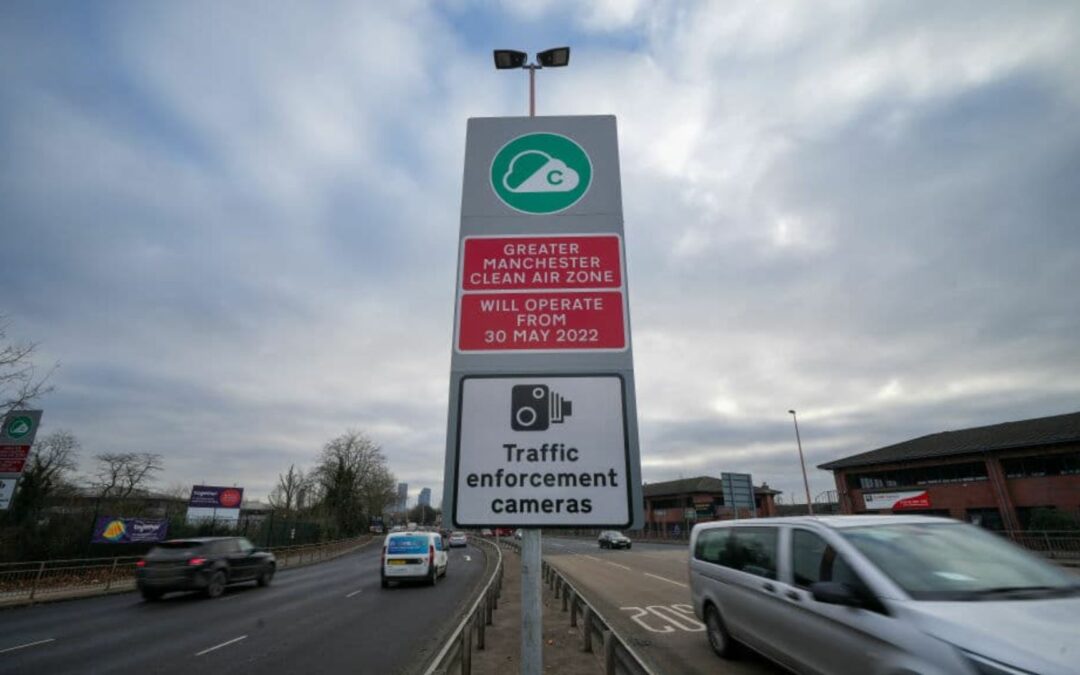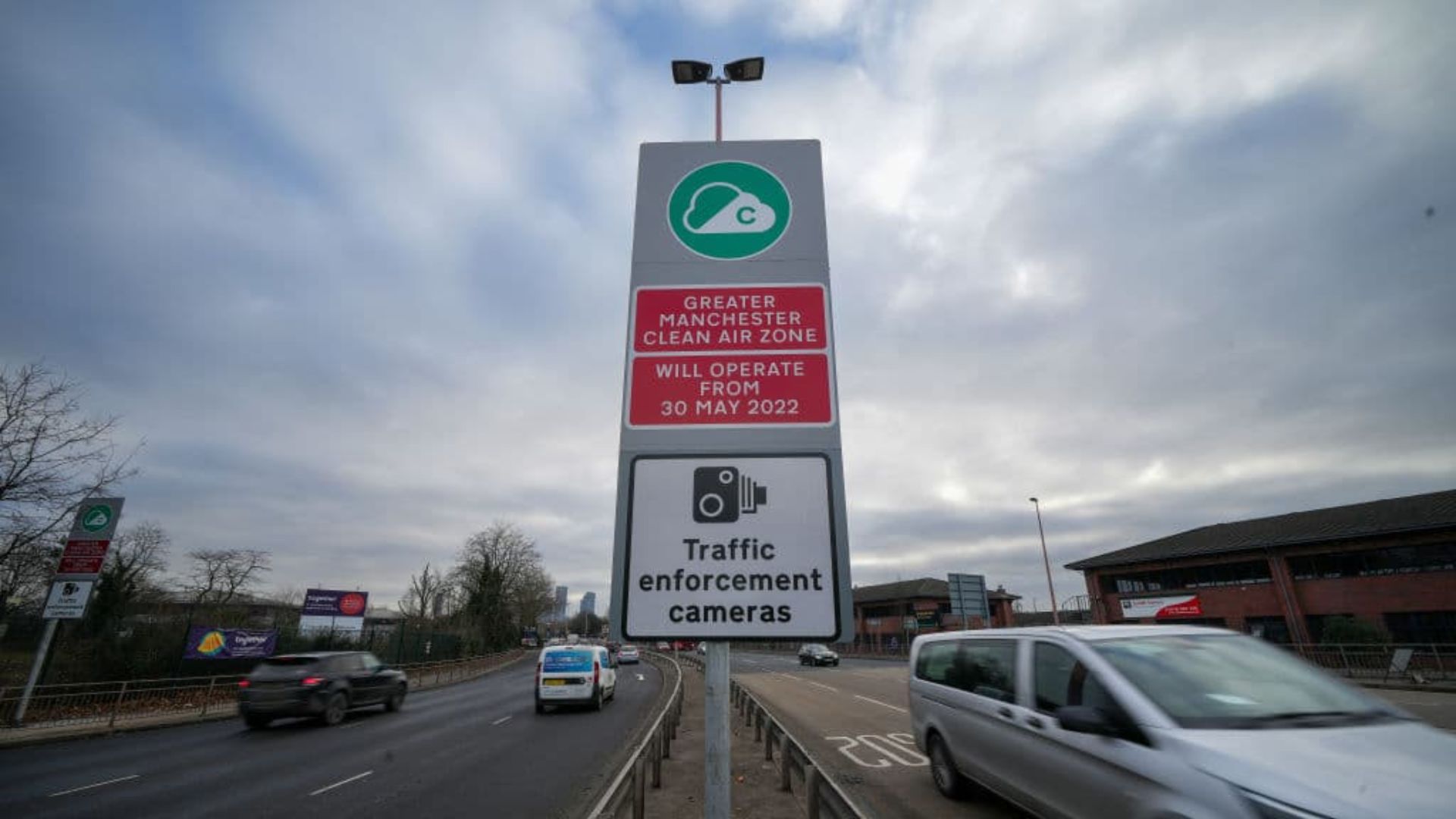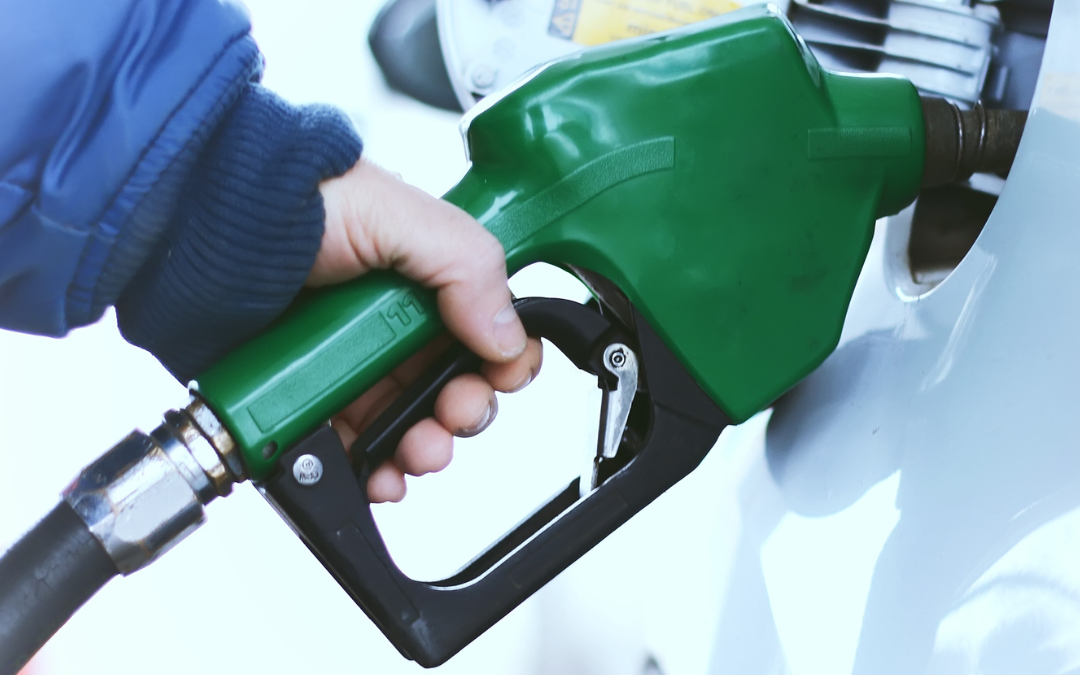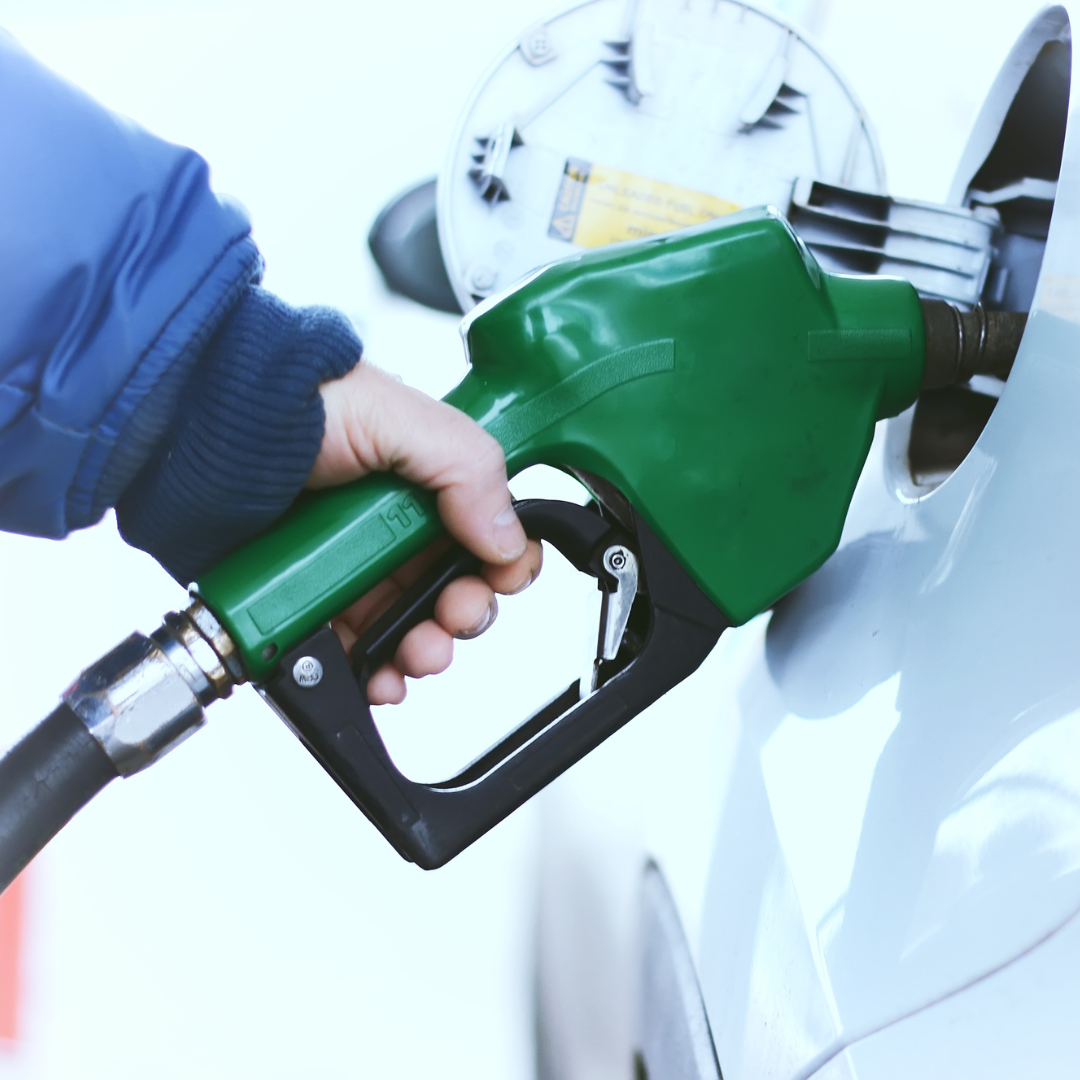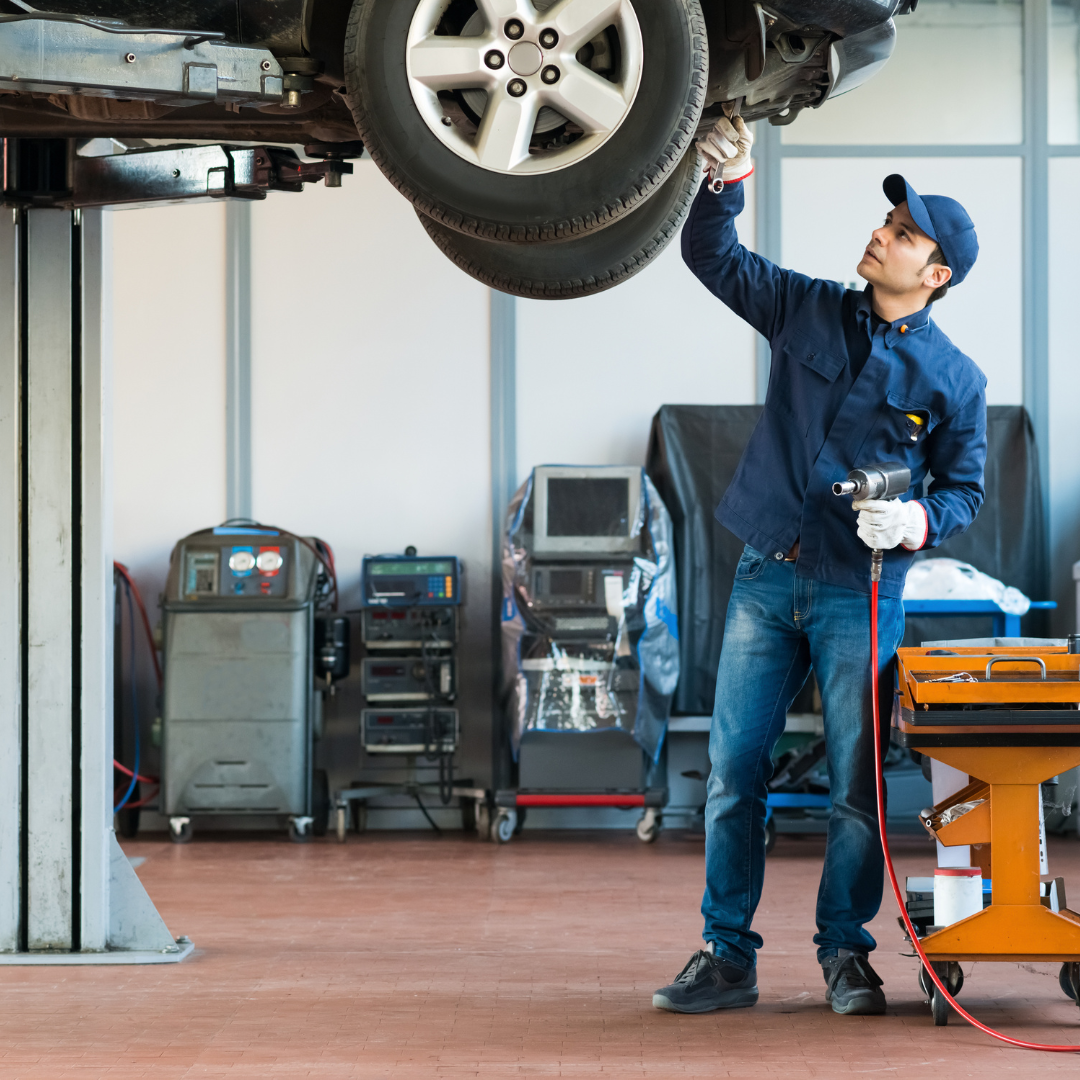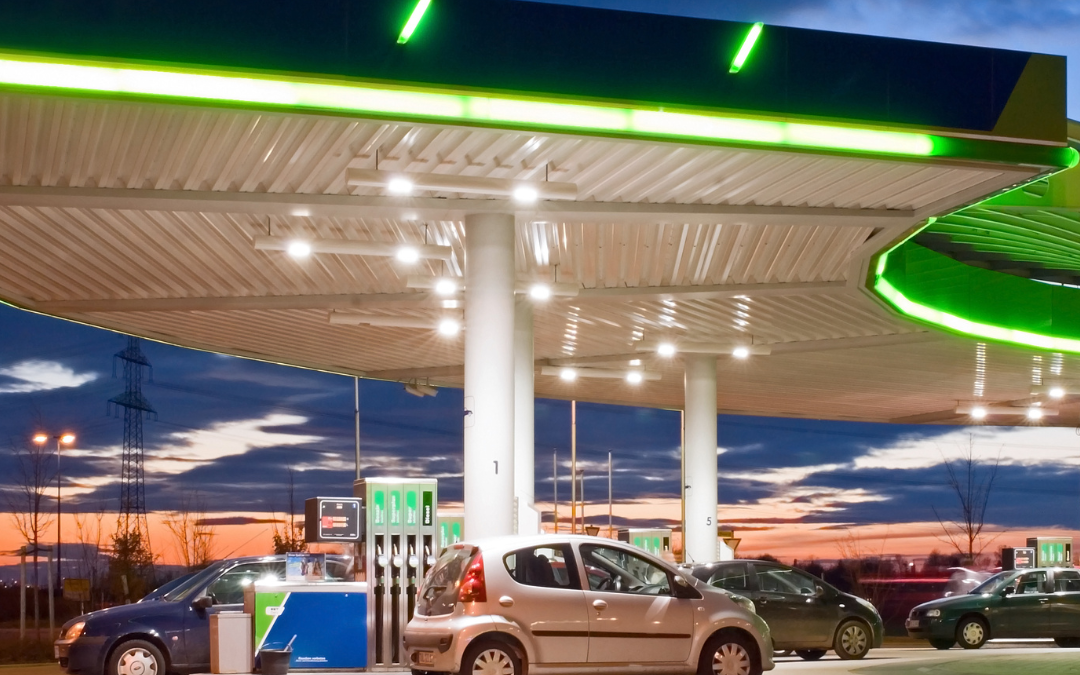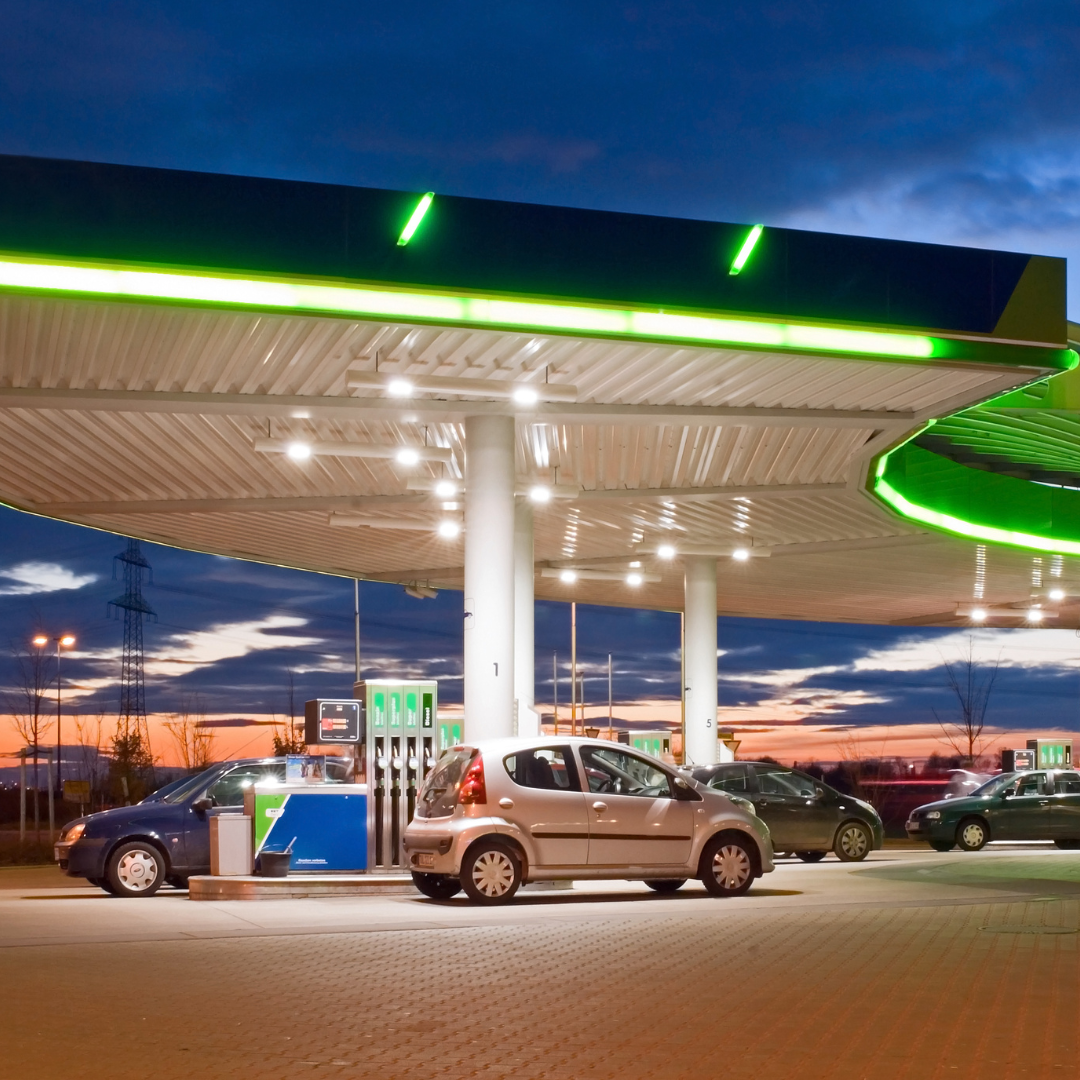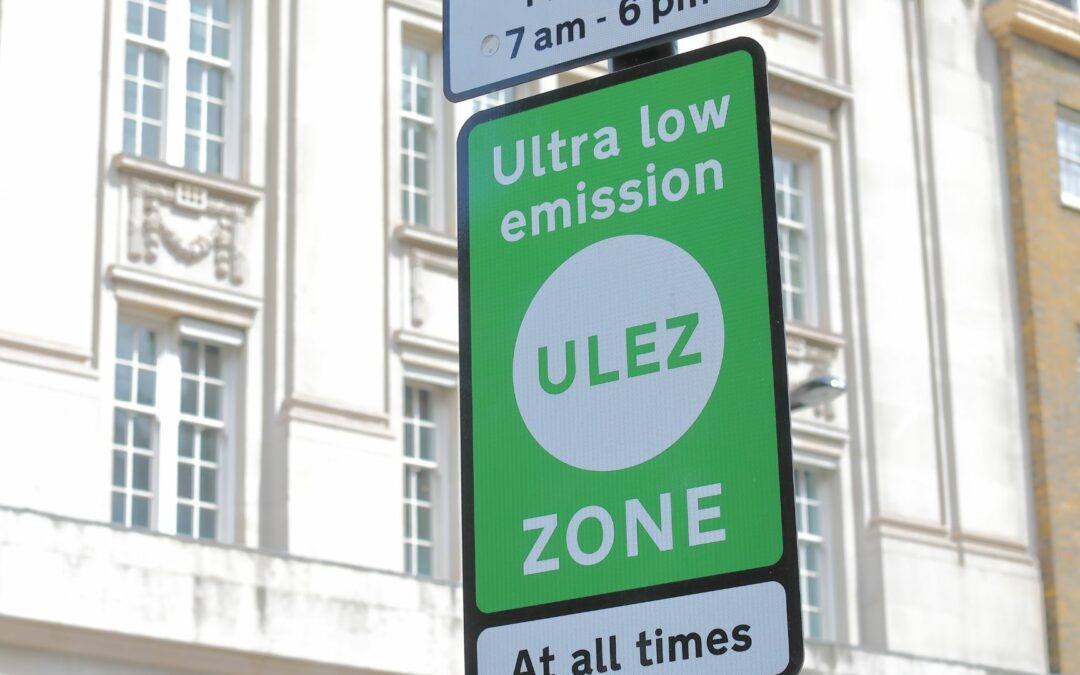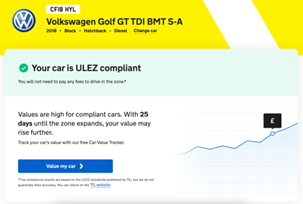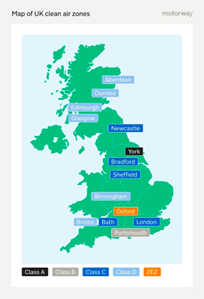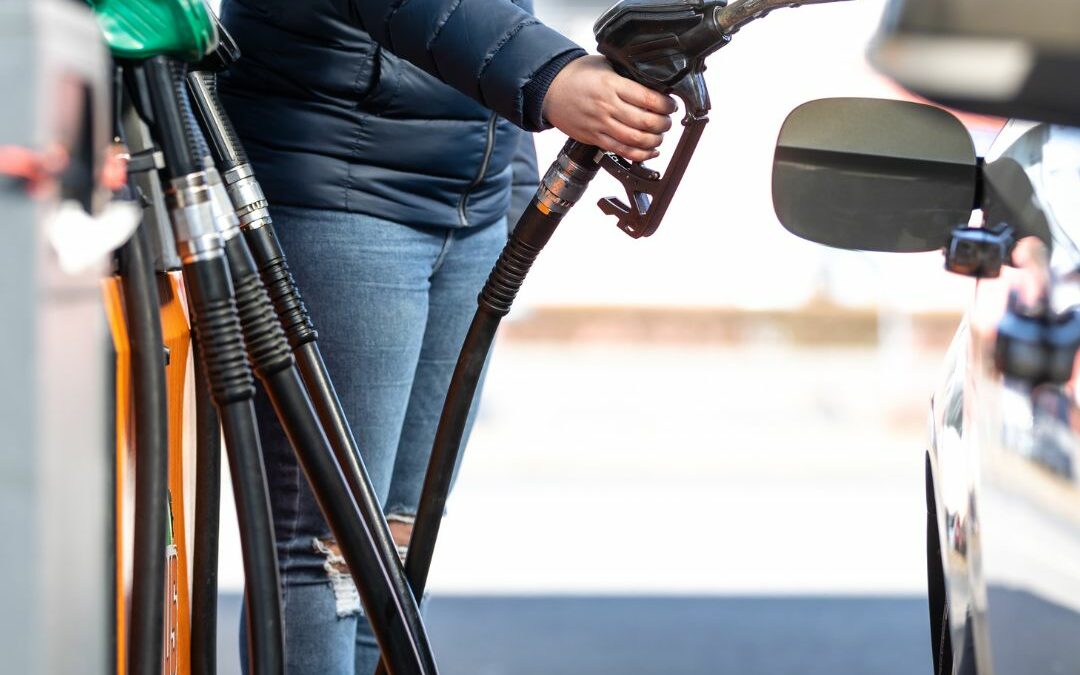
2023 Fuel Prices: Unleaded fell to a year low in December.
December 2023 saw unleaded prices drop to their lowest point of the year, dipping just below a daily average of £1.40 per litre. Diesel drivers also benefited from lower pricing as prices fell from a daily average of £1.54 to £1.49 during the month. However, this was not as low as prices during June and July.
Unleaded fell around eight pence over the year but did reach a daily average of over £1.56 in October before falling back in November and December.
Diesel also saw an increase from July to October; however, the highest prices were at the start of the year in January.
Between June and October, as unleaded prices rose, Sainsbury’s had the lowest-priced fuel of all retailers, taking over from Asda and Morrisons as the market leaders. As the wholesale prices fell through November and December, Asda, Morrisons, Sainsbury’s and Tesco all priced closely with each other. There was less than a penny difference on average between the main supermarkets. This contrasts with the period of increase earlier in the year, where we saw over three pence between Tesco and Sainsbury’s.
Diesel saw a similar trend, with the four supermarkets pricing similarly as prices fell. As the prices rose after July, Sainsbury’s had the lowest-priced diesel of all the retailers. However, Asda were also very close on price as they both drifted below Morssions and Tesco.
At the other end of the pricing spectrum, bp and Shell shared the title of the most expensive brand, with bp starting the first half of the year as the most expensive retailer before Shell took over and closed the year as the most expensive brand.
Will unleaded and diesel prices increase during 2024?
Middle East tensions are putting upward pressure on energy prices; however, Saudi Aramco, the largest oil group in the world, is also trying to maintain market share and has cut prices in Asian markets for February. This comes as OPEC raised output to try and offset supply concerns in the Middle East.
In the UK, the excise duty was cut from 57.95 pence per litre (ppl) to 52.95 ppl; this temporary cut in duty has already been extended. It remains to be seen if duty will be put back up, particularly in an election year.
It will be interesting to see how these issues affect pump pricing and if local factors play a significant role in the fuel retail market. But as we saw in 2023, brands and individual stations can become more or less competitive over time. So, check prices regularly and help other motorists by confirming or adding prices in the PetrolPrices app.
